Temperature distribution
Test the suitability of temperature-controlled enclosed spaces with trained, experienced professionals.
Humidity distribution
Testing the humidity distribution may be necessary in the case of all regulated, closed spaces and rooms that require the fulfillment of a specific humidity distribution requirement.
Warehouse heat mapping
Warehouse heat mapping is a special case of temperature and humidity distribution tests applied to large, accessible spaces.
Sterilization, pyrogen removal test
Sterilization and pyrogen removal tests are also a special case of temperature distribution tests.
Refrigerated delivery
In order to preserve the quality of many goods and products, it is essential to ensure and maintain a specific temperature range during the entire storage and transport process.
Clean room certification
Clean rooms are rooms, areas or special zones within individual buildings that have strict requirements for air quality and, where appropriate, for particle pollution.
Compressed air tests
When using compressed air, it is important that it is of the right quality for the place of use.
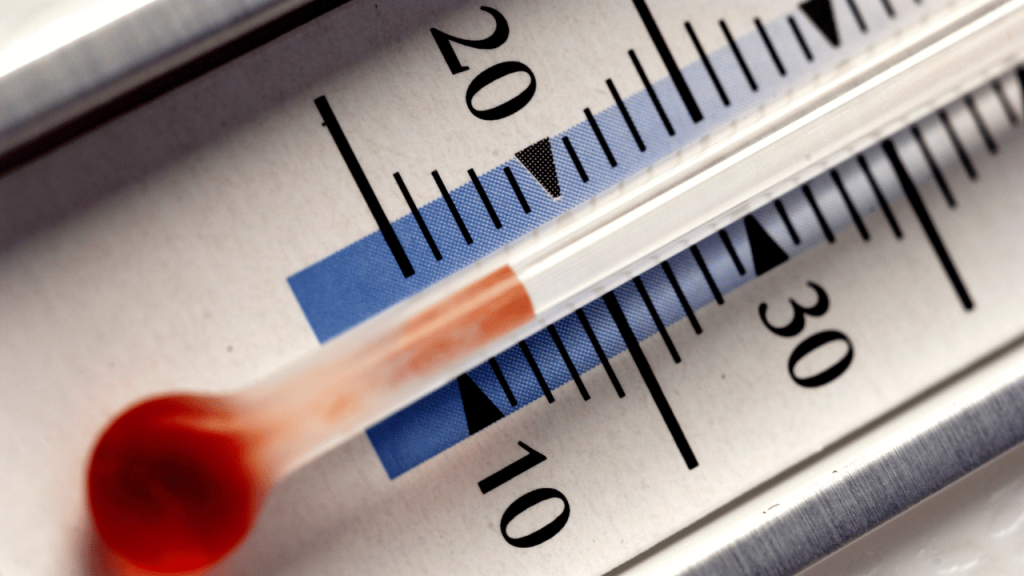
Temperature distribution
Test the suitability of temperature-controlled enclosed spaces with trained, experienced professionals.
Testing the temperature distribution may be necessary in the case of all regulated spaces and rooms that require compliance with a specific temperature regulation. The test verifies the fulfillment of the temperature requirements in the geometrical notable points of the space and the stability of temperature maintenance over time. Extreme values, hot and cold points, recovery time after opening the door, and the duration of passive temperature maintenance in the event of a power failure can be determined.
The field of application of the test is extremely broad, such as:
- liquid nitrogen storage around -196 °C
- freezers, cryostats
- refrigerators, refrigeration equipment
- thermostats, incubators
- sample containers, temperature-controlled rooms
- water baths, oil baths
- drying cabinets
- autoclave (steam sterilizer)
- hot air sterilization equipment, depyrogenation tunnels
- heat treatment cabinets, test chambers
- high-temperature furnaces, annealing furnaces up to an upper limit of 1200 °C
A vizsgálatok mérési tartománya a berendezéstől, helységbesorolástól függően változhat.
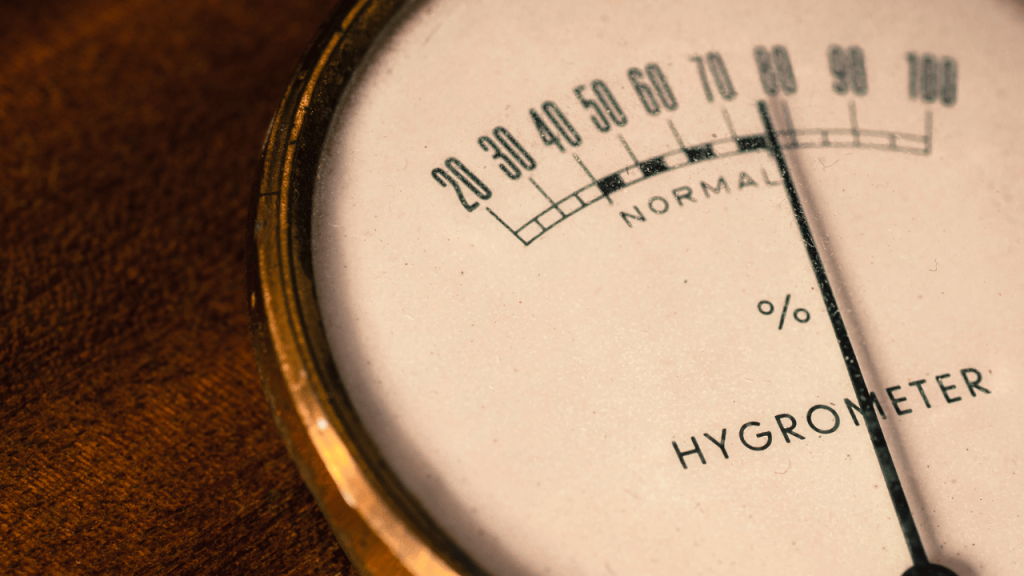
Humidity distribution
Testing the humidity distribution may be necessary in the case of all regulated, closed spaces and rooms that require the fulfillment of a specific humidity distribution requirement.
The test verifies the fulfillment of the humidity requirements in the geometrical points of the space and the stability of the humidity over time. The measuring points showing extreme values, the recovery time after opening the door, and the duration of passive humidity maintenance in the event of a power failure can be determined.
The field of application of the test is, for example:
- climate cabinets, sample containers
- air-conditioned, humidity-controlled rooms
- production areas, clean rooms
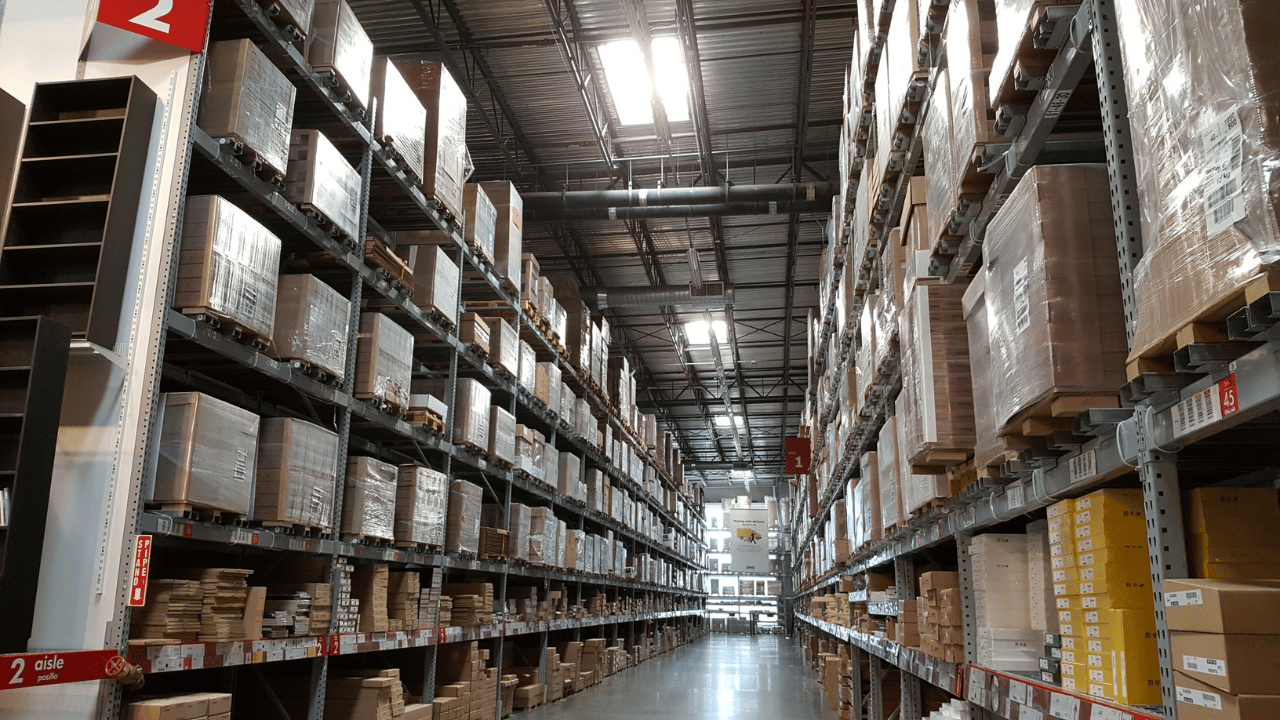
Warehouse heat mapping
Warehouse heat mapping is a special case of temperature and humidity distribution tests applied to large, accessible spaces. The proper functioning of the storage areas protects the stored goods and prevents quality objections and possible material damage, the cost of the inspection is a fraction of the value of the stored goods.
Due to the design of the warehouses and the layout of the storage areas, the execution of the measurements adapts to the areas actually used, both horizontally and vertically. The duration of the measurements is typically long, 72-168 hours, which is also suitable for revealing the differences between shifts and weekday/weekend operating conditions. Due to changes in external environmental effects, it is justified to carry out winter and summer seasonal heat mapping, i.e. the full qualification of a warehouse or logistics center means a double examination.
The result of the heat mapping can be used to prepare the installation of a continuous monitoring system, as well as to check the location of an already operating system. Ask for our advice and offer for the installation of a monitoring system!
Sterilization, depyrogenation, heat penetration
Sterilization and pyrogen removal tests are also a special case of temperature distribution tests.
The temperature is measured based on the sensors placed inside the load to be sterilized. The test gives an accurate picture of the heating of the load and the evolution of the core temperature of the materials that heat up the slowest during the programmed sterilization cycle. Metrics and lethality values (F0; FH) designed specifically for these tests were introduced, which can be used to determine the actual heat effect on the cargo.
We also undertake cycle development of sterilization and pyrogen removal tests, i.e. optimization of the program parameters in order to achieve the appropriate heat effect, at the same time to prevent excessive heat effect.
The field of application of the test is, for example:
- steam sterilization autoclaves
- heat sterilization cabinets
- depyrogenation tunnels, cabinets
- sterilization in place (SIP) systems
We use biological indicators to check microbiological efficiency, which are evaluated and recorded by an accredited partner laboratory.
The proper operation of the above devices and systems ensures a satisfactory sterilization effect while maintaining the quality of the product, cost-effectively. Typical users are the food industry and the pharmaceutical industry.

Hűtött szállítás
In order to preserve the quality of many goods and products, it is essential to ensure and maintain a specific temperature range during the entire storage and transport process.
The proper functioning of the transport means protects the stored goods and prevents quality objections and possible material damage, the cost of the inspection is a fraction of the value of the delivered goods.
Temperature-controlled transport is a regulation used in many industries, including the food industry and the pharmaceutical industry.
Due to the design of the transport vehicles and the layout of the storage areas, the execution of the measurements adapts to the types of cargo actually used and their placement. Due to changes in external environmental effects, it is justified to carry out the winter and summer seasonal inspection, i.e. the full qualification of a transport vehicle means a double inspection.
We offer our refrigerated transport inspection solutions in accordance with the regulations for the given type of goods, in which the safety and security of the cold chain is fully enforced.
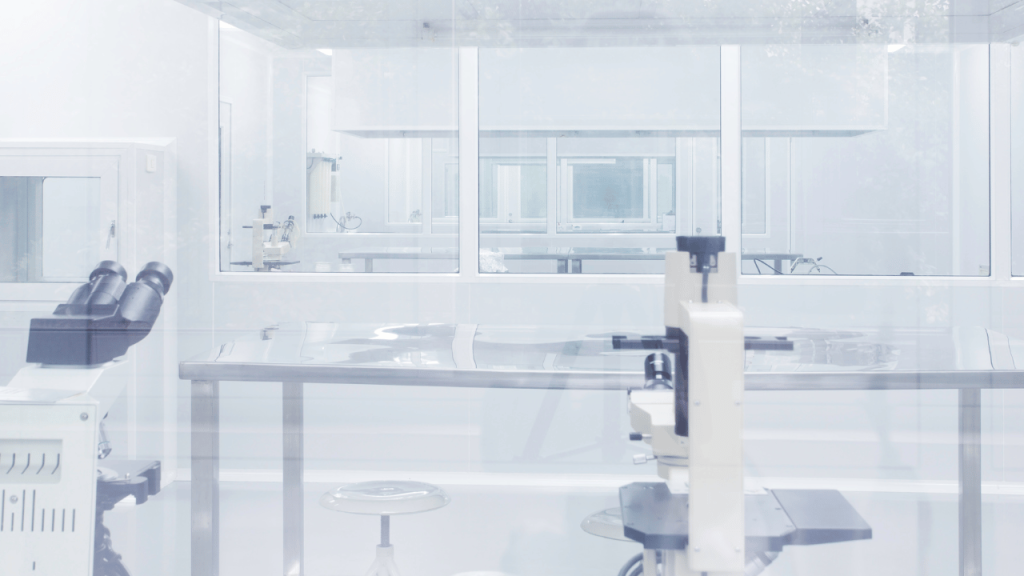
Clean room certification
Clean rooms are rooms, areas or special zones within individual buildings that have strict requirements for air quality and, where appropriate, for particle pollution.
The classification of cleanliness degrees and the maximum permissible number of particles in the cleanroom air are described in the cleanroom standards. The tested particles are micrometers in size, not visible to the naked eye, and particle counters and sampling instruments are required for their detection.
The area of application of cleanrooms is extremely wide: they are primarily used in the automotive industry, fine mechanics, instrument manufacturing, the pharmaceutical industry, medical technology, microbiology, but they are also now used in the food industry and in laser research. In each sector, different standard systems define the regulations for the given industry.
Typical cleanroom tests:
- particle number control in At Rest or Operational state
- integrity testing of air filters
- pressure steps between rooms, control of pressure conditions
- determination of the air exchange rate by measuring the amount of air blown in
- determination of clean-up time after contamination and restart
- visual control of flow conditions with fogging material, video recording
Since the stability of the quality conditions prescribed by the cleanroom standards is essential, it is essential that it is followed by continuous control and monitoring even after the cleanroom certification.
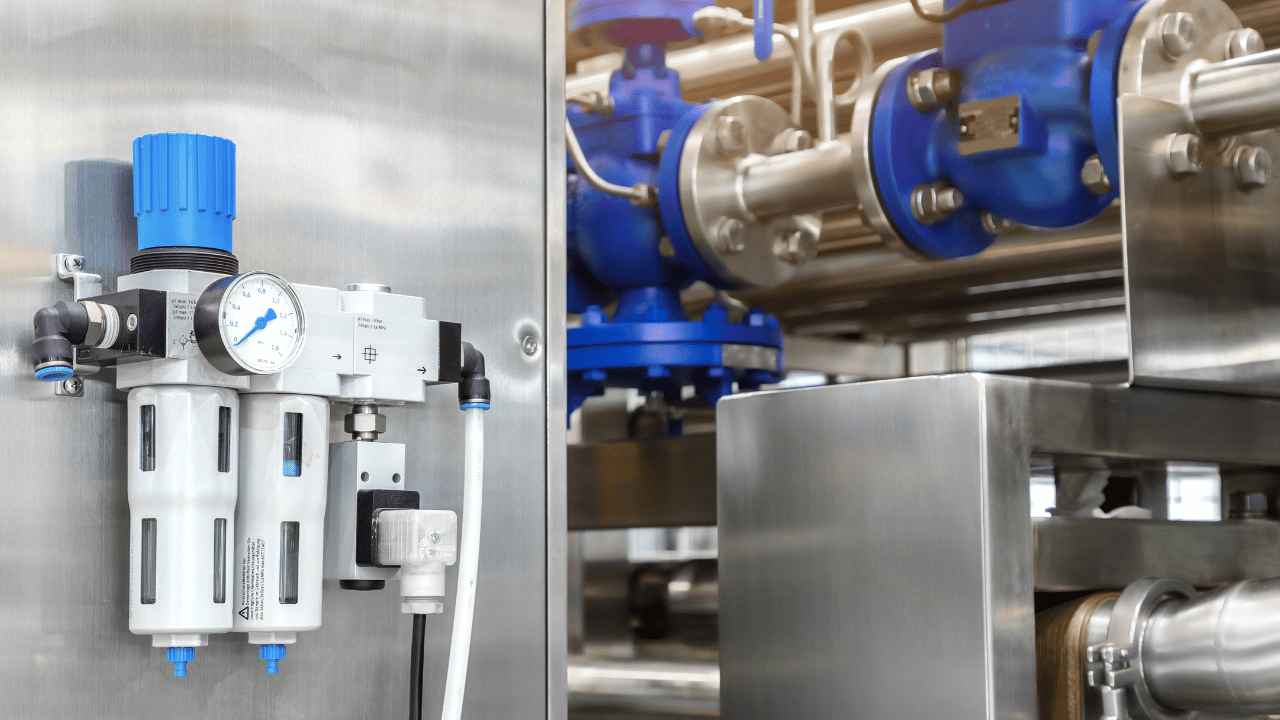
Compressed air tests
When using compressed air, it is important that it is of the right quality for the place of use. When in contact with the product, it can be a source of many impurities, so it is worthwhile to periodically test the air handling and distribution system.
The requirements for the measurement of compressed air are determined by professional guidelines and specific standards, so depending on the field of application, the relevant regulations are primarily the governing ones.
Tests we can perform:
- dew point
- oil content
- particle number
- pressure
- microbiology (with partner laboratory)
In addition to the profession-specific requirements, the buyer of the product may also define other quality requirements, typical users are:
- pharmaceutical industry
- food industry
- automotive industry
- electronics industry
- microbiology (with partner laboratory)
Since the quality of the compressed air has a fundamental influence on the quality of the final product during operation, it is essential to ensure the quality parameters during the entire operating process.